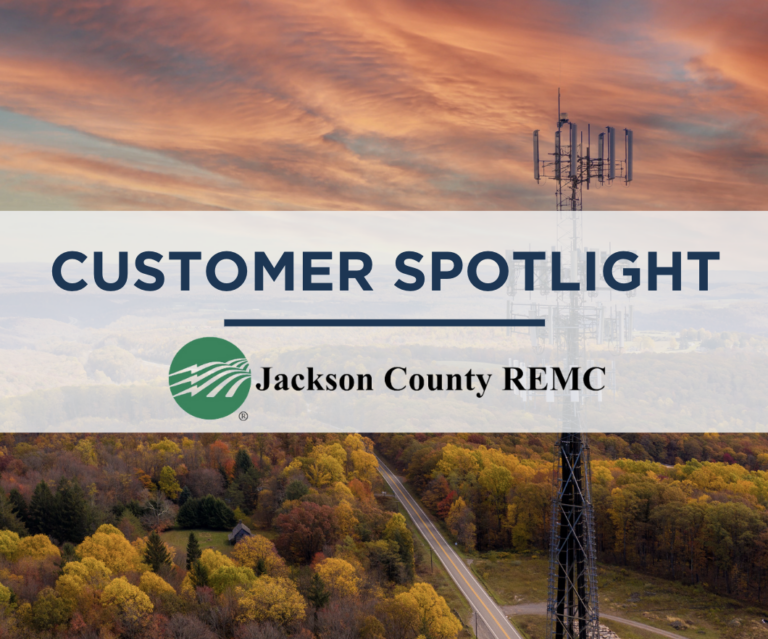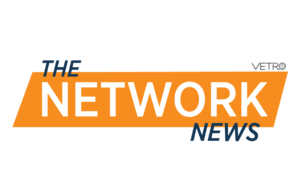
In September of 1936, residents of Jackson County, Indiana held a public meeting to organize a rural electric membership cooperative (REMC) to deliver electricity to the county’s significant rural population. 87 years later, Jackson County REMC serves over 20,000 members in southern Indiana, delivering electricity, telephone, and high-speed internet.
We sat down with Jackson County REMC president & CEO Mark McKinney and his team and had them answer five questions about their broadband journey. Rooted in a commitment to delivering value to their members, this project has been almost a decade in the making.
Five Questions with Jackson County REMC
1. How did Jackson County REMC get into the fiber business?
In February of 2016, providing broadband to our members was the number one item developed from a strategic planning session. The vast majority of our territory was unserved or underserved. After months of trying to partner with existing broadband providers ultimately didn’t work, the REMC board asked me to do a feasibility study for our own fiber-to-the-home build, as well as survey our membership on their needs.
The feasibility study indicated we could financially make it work, and the survey indicated our members were on board. In May 2017, the Board of Directors approved the project, and we started phase 1 of our mainline fiber construction in November of that year. We connected our first member in May 2018.
2. Tell us what’s new at Jackson County REMC – what’s next?
In the last 5 years, we’ve constructed 2,100 miles of fiber-optic cable and connected 11,400 broadband accounts. Our 57% take-rate exceeded the 46% projected by the feasibility study, and our phase 1 zone currently has a take-rate of 83%. At the current time, 96% of our members have access to a broadband connection, with the remaining 4% undergoing a major rebuild that should be completed next year.
What’s next? We’re currently evaluating areas outside of our electric service territory to determine if it makes sense to offer broadband to non-members.
3. What plans/projects did you have in motion when you started shopping for fiber management software?
We asked Brad McPike, Jackson County’s GIS Coordinator, about some of the “behind the scenes” reasons the county went with VETRO.
One project I’d started before using VETRO was the displaying and running of queries of census data to manage fiber grants. VETRO’s map provides a perfect environment for accessing this data, because of the fast load times and the ability to save or view different map themes, where layer styles are saved for individual users on a case-by-case basis.
4. Why did you choose VETRO?
We compared many mapping solutions for fiber before we chose VETRO. Most active development solutions were limited by only having a Windows Application that needed an in-house server and licensing per device. VETRO is easily accessible from anywhere outside of the office if you have a connection to the internet. VETRO also licenses users instead of licensing each machine, those users are easily managed by the admin dashboard.
"VETRO is easily accessible from anywhere outside of the office if you have a connection to the internet. VETRO also licenses users instead of licensing each machine, those users are easily managed by the admin dashboard.
Brad McPike, Jackson County's GIS Coordinator
5. What is your favorite feature of VETRO FiberMap
I come from a surveying and geomatics background, so I can really appreciate the flexible data types, the speed of a cloud-based map, and APIs for data integration.
About VETRO, Inc.
VETRO builds software that makes it radically simpler and faster for broadband providers to plan, design, deploy, and operate their fiber optic networks. Our map-based SaaS platform is easier to use and more powerful than traditional tools, and enables network owners, operators and sponsors to benefit from a modern, integrated, and connected digital hub for their physical network assets. We deliver Internet Infrastructure Intelligence.

